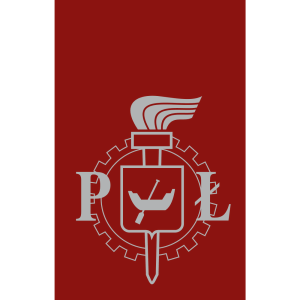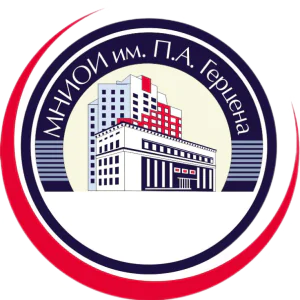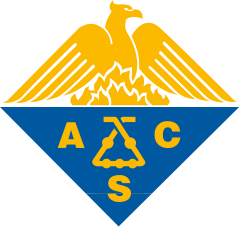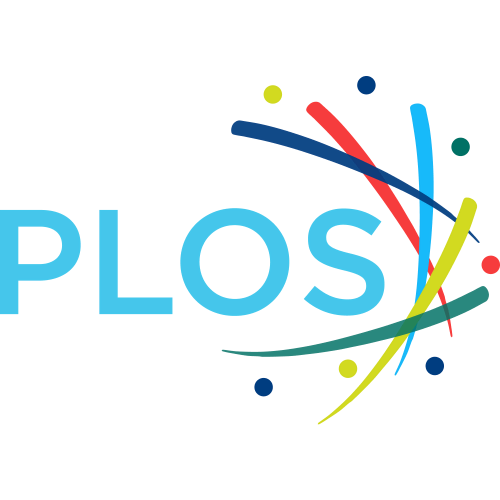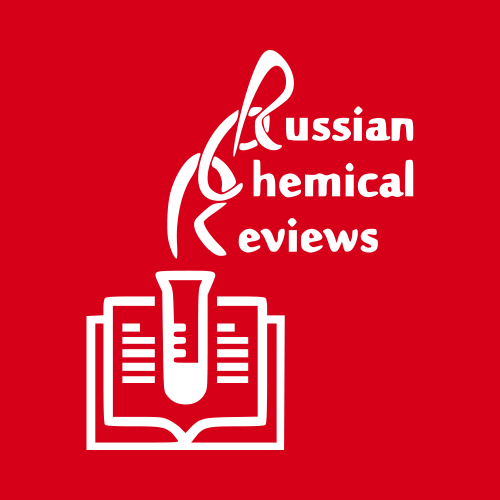
Computational protein design enables a novel one-carbon assimilation pathway
Significance
This paper describes the development of a computationally designed enzyme that is the cornerstone of a novel metabolic pathway. This enzyme, formolase, performs a carboligation reaction, directly fixing one-carbon units into three-carbon units that feed into central metabolism. By combining formolase with several naturally occurring enzymes, we created a new carbon fixation pathway, the formolase pathway, which assimilates one-carbon units via formate. Unlike native carbon fixation pathways, this pathway is linear, not oxygen sensitive, and consists of a small number of thermodynamically favorable steps. We demonstrate in vitro pathway function as a proof of principle of how protein design in a pathway context can lead to new efficient metabolic pathways.
Top-30
Journals
|
2
4
6
8
10
12
14
16
18
|
|
|
Current Opinion in Biotechnology
17 publications, 4.7%
|
|
|
Nature Communications
13 publications, 3.59%
|
|
|
ACS Synthetic Biology
13 publications, 3.59%
|
|
|
Biotechnology Advances
12 publications, 3.31%
|
|
|
ACS Catalysis
12 publications, 3.31%
|
|
|
Metabolic Engineering
11 publications, 3.04%
|
|
|
Green Chemistry
10 publications, 2.76%
|
|
|
Trends in Biotechnology
8 publications, 2.21%
|
|
|
Angewandte Chemie - International Edition
6 publications, 1.66%
|
|
|
Angewandte Chemie
6 publications, 1.66%
|
|
|
Frontiers in Bioengineering and Biotechnology
5 publications, 1.38%
|
|
|
Advances in Biochemical Engineering/Biotechnology
5 publications, 1.38%
|
|
|
Nature Catalysis
5 publications, 1.38%
|
|
|
Current Opinion in Chemical Biology
5 publications, 1.38%
|
|
|
ChemCatChem
5 publications, 1.38%
|
|
|
Systems Microbiology and Biomanufacturing
4 publications, 1.1%
|
|
|
Applied Microbiology and Biotechnology
4 publications, 1.1%
|
|
|
Chem Catalysis
4 publications, 1.1%
|
|
|
ChemBioChem
4 publications, 1.1%
|
|
|
Biotechnology Journal
4 publications, 1.1%
|
|
|
Critical Reviews in Biotechnology
4 publications, 1.1%
|
|
|
Beilstein Journal of Organic Chemistry
3 publications, 0.83%
|
|
|
Catalysts
3 publications, 0.83%
|
|
|
Nature Chemical Biology
3 publications, 0.83%
|
|
|
Scientific Reports
3 publications, 0.83%
|
|
|
Biotechnology and Bioprocess Engineering
3 publications, 0.83%
|
|
|
Bioresources and Bioprocessing
3 publications, 0.83%
|
|
|
Engineering Microbiology
3 publications, 0.83%
|
|
|
Enzyme and Microbial Technology
3 publications, 0.83%
|
|
|
2
4
6
8
10
12
14
16
18
|
Publishers
|
20
40
60
80
100
120
|
|
|
Elsevier
109 publications, 30.11%
|
|
|
Springer Nature
59 publications, 16.3%
|
|
|
Wiley
49 publications, 13.54%
|
|
|
American Chemical Society (ACS)
43 publications, 11.88%
|
|
|
Royal Society of Chemistry (RSC)
23 publications, 6.35%
|
|
|
Cold Spring Harbor Laboratory
17 publications, 4.7%
|
|
|
MDPI
12 publications, 3.31%
|
|
|
Frontiers Media S.A.
10 publications, 2.76%
|
|
|
Public Library of Science (PLoS)
5 publications, 1.38%
|
|
|
Taylor & Francis
4 publications, 1.1%
|
|
|
American Association for the Advancement of Science (AAAS)
4 publications, 1.1%
|
|
|
Science in China Press
4 publications, 1.1%
|
|
|
Beilstein-Institut
3 publications, 0.83%
|
|
|
Oxford University Press
3 publications, 0.83%
|
|
|
Proceedings of the National Academy of Sciences (PNAS)
3 publications, 0.83%
|
|
|
Korean Society for Biotechnology and Bioengineering
2 publications, 0.55%
|
|
|
Annual Reviews
2 publications, 0.55%
|
|
|
World Scientific
1 publication, 0.28%
|
|
|
Georg Thieme Verlag KG
1 publication, 0.28%
|
|
|
Association for Computing Machinery (ACM)
1 publication, 0.28%
|
|
|
IntechOpen
1 publication, 0.28%
|
|
|
Autonomous Non-profit Organization Editorial Board of the journal Uspekhi Khimii
1 publication, 0.28%
|
|
|
20
40
60
80
100
120
|
- We do not take into account publications without a DOI.
- Statistics recalculated weekly.




